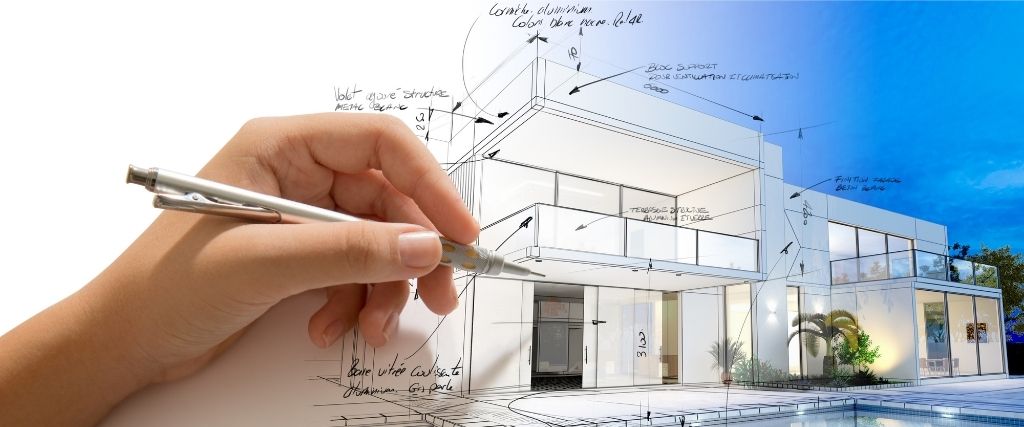 The shotgun house is a long narrow, one-story home design quintessential to the architectural landscape of New Orleans. It is also seen around the Caribbean (particularly Haiti) and in a few other parts of the American South. The popular folklore behind the name comes from the idea of shooting a bullet straight through the front door and out the back without hitting any walls, but this doesn’t really mesh with the fact that the interior doorways rarely align!
The shotgun house is a long narrow, one-story home design quintessential to the architectural landscape of New Orleans. It is also seen around the Caribbean (particularly Haiti) and in a few other parts of the American South. The popular folklore behind the name comes from the idea of shooting a bullet straight through the front door and out the back without hitting any walls, but this doesn’t really mesh with the fact that the interior doorways rarely align!
These houses have no hallways; they are only one room wide and run at least three deep, with a kitchen (and, these days, a bathroom) at the very back. They might have a front porch, a back porch, or both. A double shotgun saves space in neighborhoods by having adjoining houses share a central wall (and possibly a wide front porch).
Since “shotgun” is only a term for the home’s structure, they come in all sorts of decorative styles, from Creole to Italianate to Greek Revival to Spanish Colonial and beyond. Especially with the post-Katrina upswing in historic preservation, many New Orleans homeowners have purchased neglected houses, repaired them, and re-painted them in bright colors reminiscent of the Caribbean islands: sunny yellows, iridescent blues, pinks and purples that pop, and everything in between.
Indeed, besides a few other American cities (notably Louisville, Kentucky) and some rural areas along the Mississippi Valley, the Caribbean (Haiti, Cuba, and beyond) is the only area where you can find this home design in the form we think of it today.
Many researchers and historic preservation specialists theorize that it originated in West Africa and was brought to New Orleans around 1800 by descendants of Yoruba people fleeing the slave revolts of Haiti. Evidence for this is the similar houses built traditionally built by West Africans, as well as the distribution of the shotguns in the modern Caribbean and US.
It’s not the only theory. Another popular one is that, in that 1800s, property taxes were based on the area of the front of the house. However, nobody has ever discovered any records of those supposed taxes.
The shotgun home design quickly spread throughout New Orleans and beyond during the 1900s, but fell out of favor in the early 1900s as they became more and more associated with poor neighborhoods. As suburbanization spread in the 1960s, historic preservation was left by the wayside and shotgun homes were knocked down with little regret, even in some of the most historically important areas of the city such as the French Quarter.
Now, however, the demolition trend is decisively over. The residents of New Orleans as a whole have embraced this home design as an emblem of their city and an integral part of their culture and history. Historic preservation is at new heights, and plenty of homeowners are going the extra mile to rebuild and refurbish old structures while remaining true to the building’s historical integrity.

